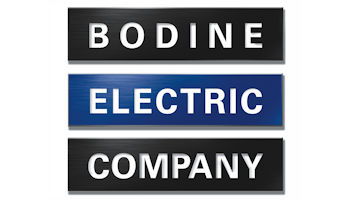Glossary
The PRINTING United Alliance Glossary serves as an excellent industry terminology resource. It is the language by which we all communicate. Without it, universal understanding would be impossible.
To keep our constituents well informed about changes to the increasingly complex industry terminology, PRINTING United Alliance has developed this glossary of terms. Definitions are for general reference only. Usage may vary between companies, individuals, or national and country customs. The information presented is as accurate as the authors and editors can ascertain and PRINTING United Alliance assumes no responsibility for the use of information presented herein.
-
Channel rubber
Small rubber channel to insulate the wire mesh from the metal frame of an electrically heated or hot printing screen. -
Channel support
A display part for attaching landscaped part of a display in a forward position. -
Character
A single letter, symbol or numerical designation. -
Character generation
Constructing typographic images electronically as a series of dots, lines, or pixels on a CTR (cathode ray tube) screen. -
Characteristic curve
A photographic term, referring to a graph of relative response on the part of photographic materials to varying amounts of light. -
Chase
(1) A frame with a means of mesh attachment designed to hold tensioned screen mesh, usually made of tubular or channel aluminum, but can also be made from steel and wood; (2) A rectangular metal frame where cutting dies, type, or other design element is locked up for printing or finishing. -
Chatter
A phenomenon that can occur while sharpening a squeegee resulting in a jagged edge due to improper grinding procedures. -
Checking
Fine hairline cracks in a dried coating film which begin at the surface and progress downward. -
Checkout rack
A display fixture that is placed near or at the checkout area in a supermarket. -
Chemical adhesion
The attachment of an ink or coating to a surface by actual chemical attack which changes the character of the substrate. -
Chemical fixation
A hazardous waste treatment process involving reactions between certain chemicals, resulting in solids which encapsulate, immobilize, or otherwise tie up components in the waste, thus minimizing the leaching of hazardous components and rendering the waste nonhazardous or more suitable for disposal. -
Chemical glass
A chemically durable glass suitable for making laboratory apparatus. -
Chemical lubricant
Plasticizers and waxes of monomeric or polymeric structure that lubricate between micro-molecules in plastics and increase flexibility. -
Chemical microscopy
Method employed to identify material components, analyzing defects caused by dyes and finishes, determining the size and distribution of particles in paper, plastics, coatings, powders, resins and starches, and to obtain asbestos filament counts. -
Chemical milling (chemical machining) (photofabrication)
A process of producing very small precise shape in metal that is usually too fragile to withstand machine shaping. (A resist is printed on the metal foil in the design desired and the excess, unprotected metal is then etched away). -
Chemical name
The standard name used for a substance. -
Chemical resistance
The resistance of an ink film or imprint to deteriorating from exposure to or immersion in chemicals of specified type under specified conditions. -
Chemical vapor drying
The hardening and setting of the surface of a printed ink film with a gaseous mixture of elements instead of heat. -
Chemistry
Generic use referring to chemicals used in a darkroom. -
Chessy
Under cured, used in evaluating the degree of cure in a plastisol ink film. -
Chill mark
A wrinkled surface condition on glassware resulting from uneven cooling in the forming process. -
China
A dense porous white opaque glazed or unglazed vitreous ceramic whiteware. -
China clay
Natural white inorganic mineral pigment used in paper coatings and as an ink extender. -
Chipboard
An inexpensive single ply paperboard manufactured from mixed waste papers to a low density, used whenever durability or appearance are not important factors. -
Chips (wafers)
(1) Factory formed substrate on which electronic circuits are printed, usually a formulation including alumina, with high heat resistance; (2) A fingernail-sized chip of silicon that carries circuitry.






